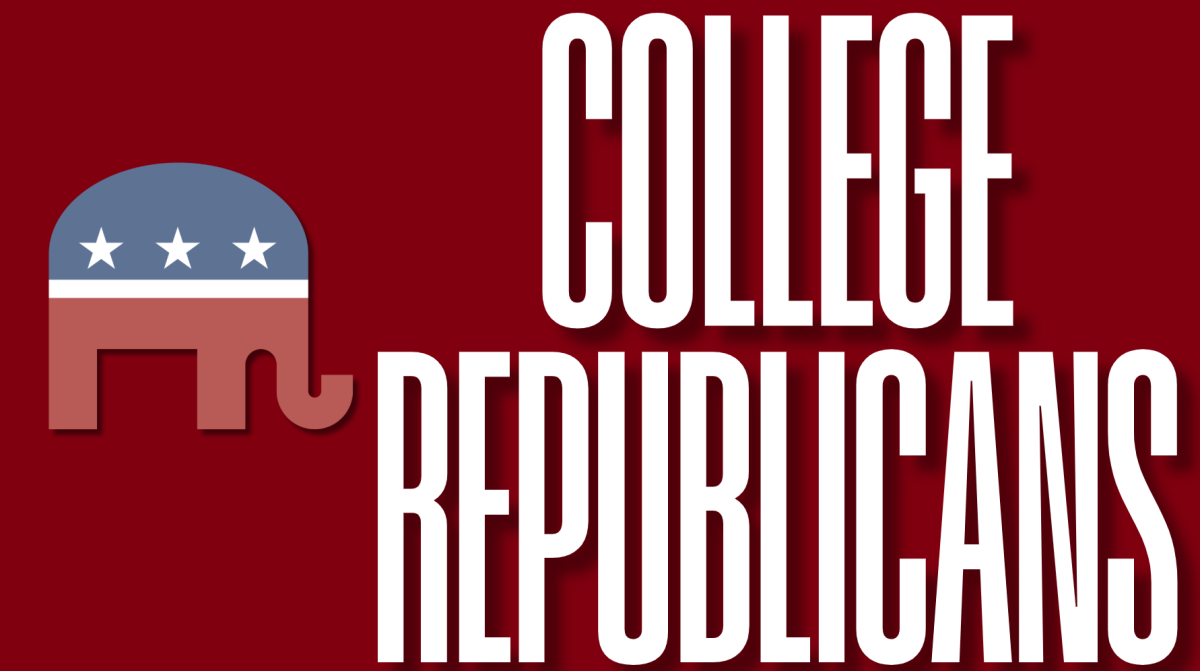
By James Demetriades
The drought that hit California and the Midwest this year has been one of the worst in modern history. The dried up river bed of the Rio Grande shows its astounding scope. However distant and far this drought seems from New York, the implications are going to hit closer to home than we can imagine.
The California drought is hiking up the prices for farmers to irrigate their crops, and those increases will get passed off to consumers.
The Public Policy Institute of California says agriculture accounts for 80 percent of the state’s water use. California almonds require over 1.1 trillion gallons, yes with a “t.” California produces nearly 99 percent of the almonds grown in the United States and 80 percent of world supply. Almonds and other Californian crops are jacking up their prices to make up for their losses.
Cutting back on purchasing nuts like almonds that consume such a high yield of California’s water supply would be a good start.
Buying fewer products like almond milk, which is filtered water mixed with almonds, will also lessen the consumption of water for these types of crops in California. Another thing we can all do is drink water that is bottled locally or from sustainable areas of the nation, or use reusable bottles.
It was recently discovered that Nestle, America’s most popular water bottling company, has been using a 25-year-old expired permit for its water wells. Nestle uses up to 80 million gallons a year drawn from local aquifers, in the Sacramento area. Switching to more local water supplies is another way to help alleviate the stress on the California water supply.
Although we are not locally experiencing a drought, there are things we can do to conserve water, from taking shorter showers to planting grass that require less water.
Fordham could take several substantial steps to lessen our water usage impact. Turning off the automatic water sprinklers while its raining or after it rains would be a great way to conserve water. Unfortunately, the sprinklers continue to run regardless of the weather, which is a horrid waste of water.
Fordham could also begin to plant season-appropriate plants, which do not consume excessive amounts of water or need to be replaced weeks after initial planting.
Even without the drought in California, we should begin to implement long-term plans to help conserve water through administrative reform and personal sacrifices. Although these changes are small, they can make a huge impact on our water usage by lowering demand for water and ensuring we have enough water in the future.







































































































































































































